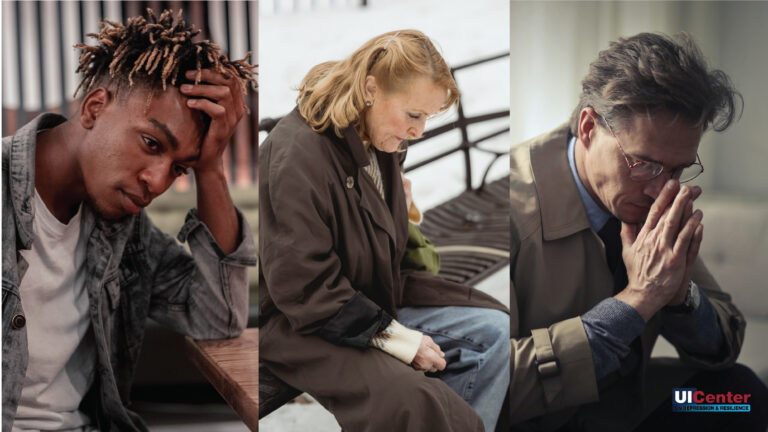CHAMPAIGN — While his music may be loud and energetic, guitarist and Champaign resident Aaron Heath said he prefers complete silence when he meditates.
He said meditation is a way of keeping a routine when his seasonal depression gets overwhelming.
“I’m just mindful of it,” Heath said. “I know I meditate almost daily, a lot. Clearing the mind. I try to get sunlight and just try to maintain a positive outlook.”
Heath is just one of the estimated 10 million Americans that struggle with Seasonal Affective Disorder, according to Psychology Today.

SAD is a type of major depression that worsens with the change of seasons and occurs most often in climates with less sunlight.
Experts say the disorder impacts people in northern states like Illinois more than elsewhere in the country.
Common symptoms of SAD include changes in appetite, weight and sleep patterns, along with a disinterest in regular activities, according to the Yale College of Medicine’s Winter Depression Research Clinic.
Heath said that he had no idea SAD existed until about a year ago, at the age of 45. He has experienced symptoms since his early 20s, including fatigue and irritability.
If it weren’t for a Google search, Heath said he wouldn’t have put a name to the condition that he had been dealing with for years.
“I just typed in, you know, ‘I feel sad and depressed during fall and winter,’” Heath said. “It just kind of popped up.
“But yeah, I wouldn’t have known about it if I didn’t do a Google search, though.”
Dr. Paul Desan, lead researcher at Yale’s research clinic, said he agreed there is not enough awareness surrounding this mental health issue.
“Human beings really are seasonal animals,” Desan said. “And in fact, sometimes, because we all feel worse in the winter, we have difficulty getting people to understand that seasonal affective disorder really is a serious issue.”
Desan said SAD can arise from many factors, including geography, genetics, gender and ethnicity.
He also said it’s different from the typical winter blues.
While many people experience the symptoms associated with SAD, Desan said a smaller number have severe enough symptoms to be clinically diagnosed with major depression.

Dr. Sally Weinstein, a clinical psychologist at the University of Illinois Center on Depression and Resilience, said her first step in treating new patients with seasonal depression involves figuring out what makes them feel content.
“My first goal is really to understand trying to get a really clear picture of what they’re experiencing right now,” Weinstein said. “We’re not only trying to reduce the symptoms that they’re experiencing and reduce the stressors, but also to enhance strengths and enhance positive activities.”
Both Desan and Weinstein said they also recommend bright light therapy for adult patients. They said exposure to a medical-grade lightbox before 8 a.m. each morning may reduce symptoms.
Weinstein also said that people who address the root causes of their depression can improve their mood.
“It’s really encouraging. Depression tends to recur, and so it’s really helpful to see patients gaining these tools and being able to feel more effective and their ability to manage their moods, which really prepares them should they experience symptoms in the future,” Weinstein said.
Weinstein said treatment might not completely cure SAD, but she encourages people who deal with it to learn all they can.
They need to know they’re not alone, she said, and that help is available.

